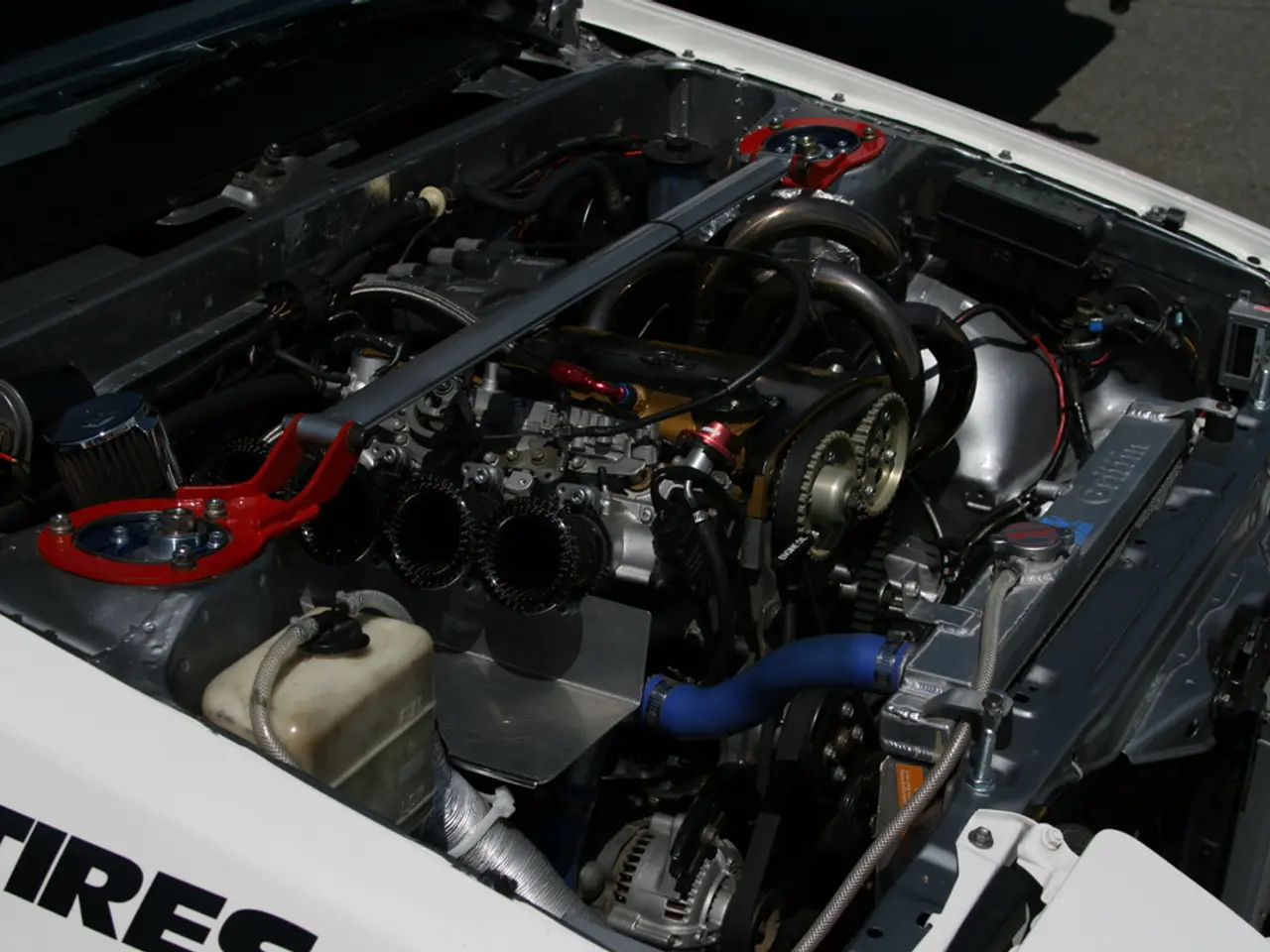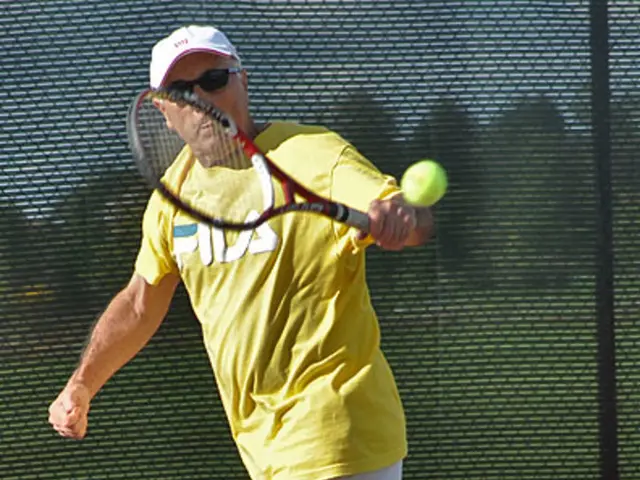Capture of Carbon Dioxide Through Electrochemical Means
News Article: Jena Scientists Pioneer Circular Economy for Carbon Capture
The University of Jena, under the leadership of chemist Dr. Tilmann J. Neubert, is embarking on an ambitious five-year research project, funded by the Carl-Zeiss-Stiftung to the tune of around 1.8 million euros as part of its CZS Nexus program. The goal? To create a circular economy for carbon dioxide (CO2) capture, storage, and recycling, using only renewable and circular components.
This interdisciplinary project, which includes colleagues from the field of environmental engineering, aims to achieve negative emissions by overcoming two core problems. The researchers are developing a method to filter CO2 from the air using electro-chemical processes.
At the heart of this method is a functional molecule: quinones. Organic molecules consisting of a ring of six carbon atoms and two oxygen atoms connected by double bonds, quinones are found in many natural substances, such as plants. When electrons are added to quinones, the oxygen atoms become negatively charged and attract the slightly positively charged carbon in CO2, resulting in the deposition of carbon dioxide.
The team is working on reducing the amount of oxygen encountered by the functional molecules to prevent unwanted side reactions, making the system more efficient in the long term. They are also seeking aqueous alternatives to non-sustainable solvents used in the electrolytes of the cells.
The federal government considers Direct Air Capture (DAC) a "promising future technology to achieve negative emissions". This technology, which the Jena scientists are developing, is very energy-efficient and can be easily combined with electricity from renewable energy sources.
Tilmann Neubert is confident that this approach has the potential to make DAC significantly cheaper. The active materials used in the method developed by the team should be renewable and circular, ensuring the sustainability of the future technology.
The Jena scientists are meticulously calculating the climate balance of every step to emphasize the sustainable character of the future technology. They are working towards understanding CO2 capture, storage, and recycling as a circular economy, a goal that aligns with the federal government's objective of developing CO2 capture and storage technologies, as stated in its coalition agreement.
The federal government views this development as a "promising future technology to achieve negative emissions", a crucial step towards combating climate change. With the Carl-Zeiss-Stiftung's support, the team at Friedrich-Schiller-University Jena is poised to make significant strides in the field of CO2 capture and recycling, contributing to a more sustainable future.




